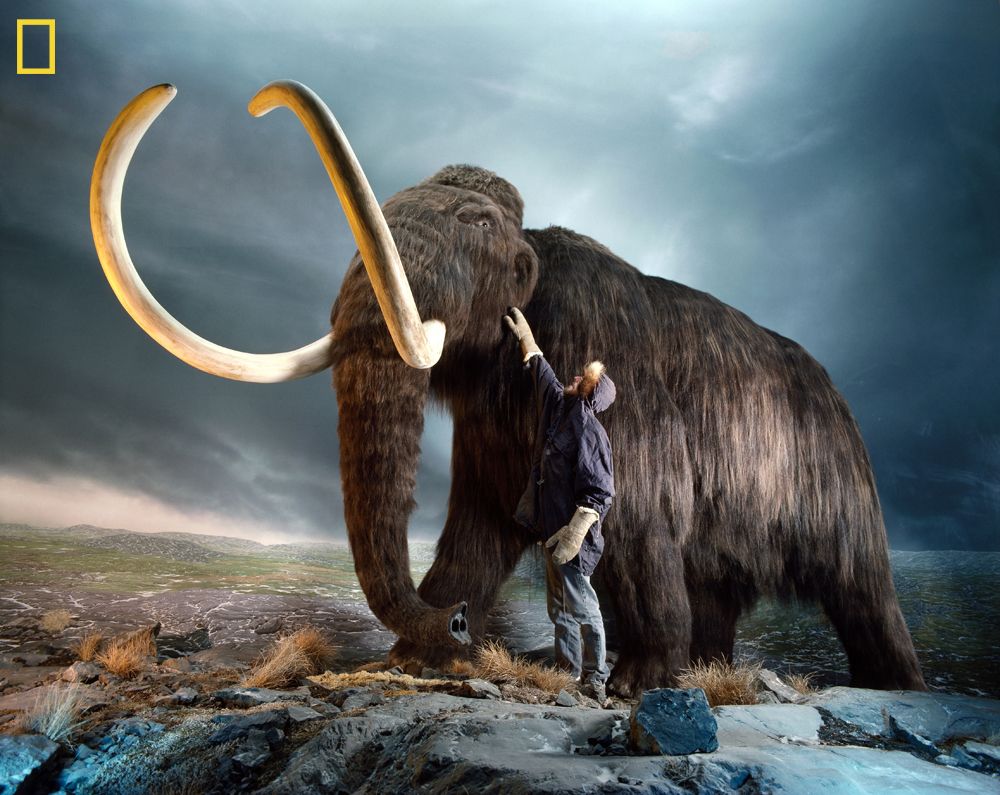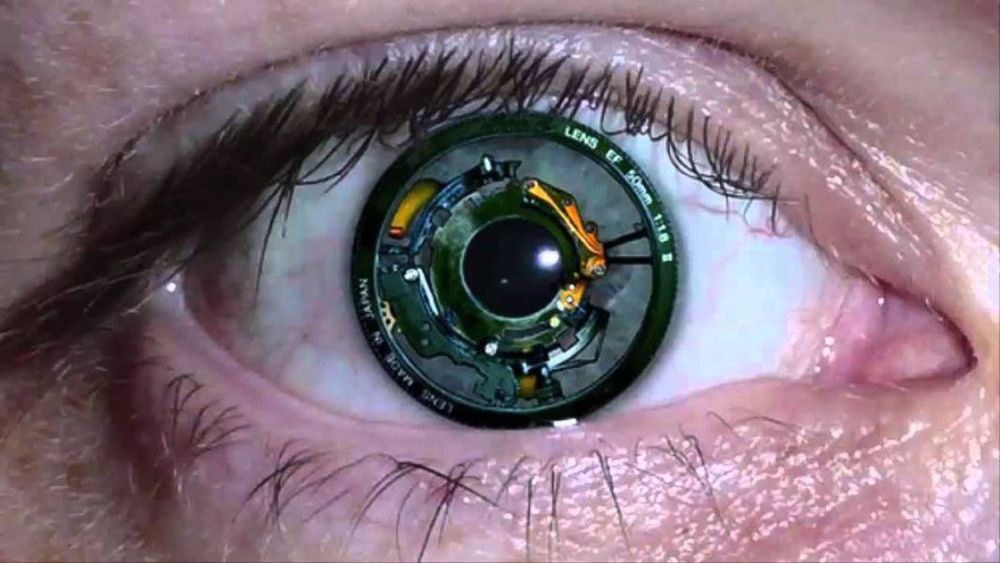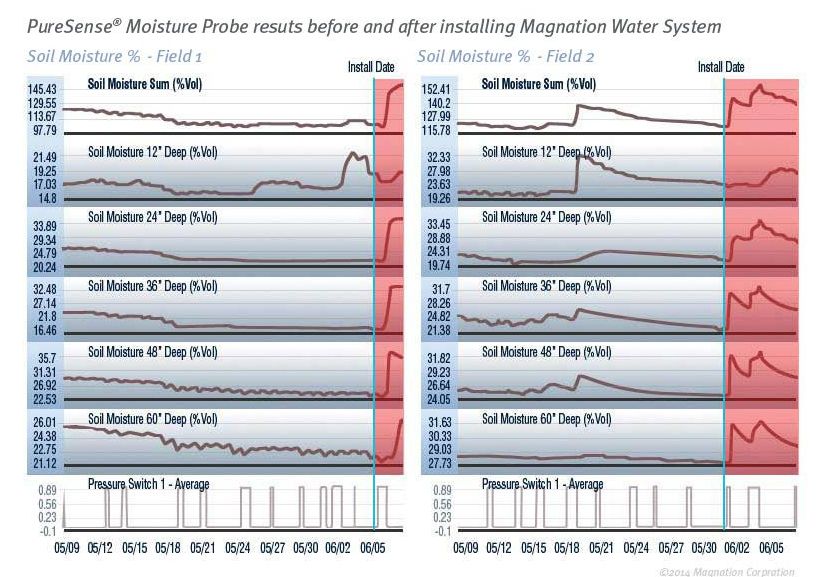There are some extinct species — such as the woolly mammoth, shown above — that may be brought back to life if scientists can overcome some practical hurdles and thorny ethical questions. This gallery shows six of the species that researchers talked about reviving at a March 2013 forum called TEDxDeExtinction in Washington, D.C.
This photo shows a museum worker inspecting a replica of a woolly mammoth.
Thylacines, or Tasmanian tigers, were found throughout most of the Australian island of Tasmania before Europeans settled there in 1803.







